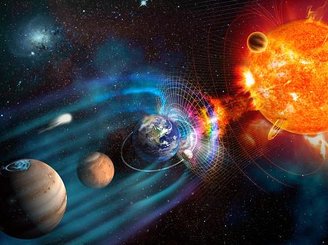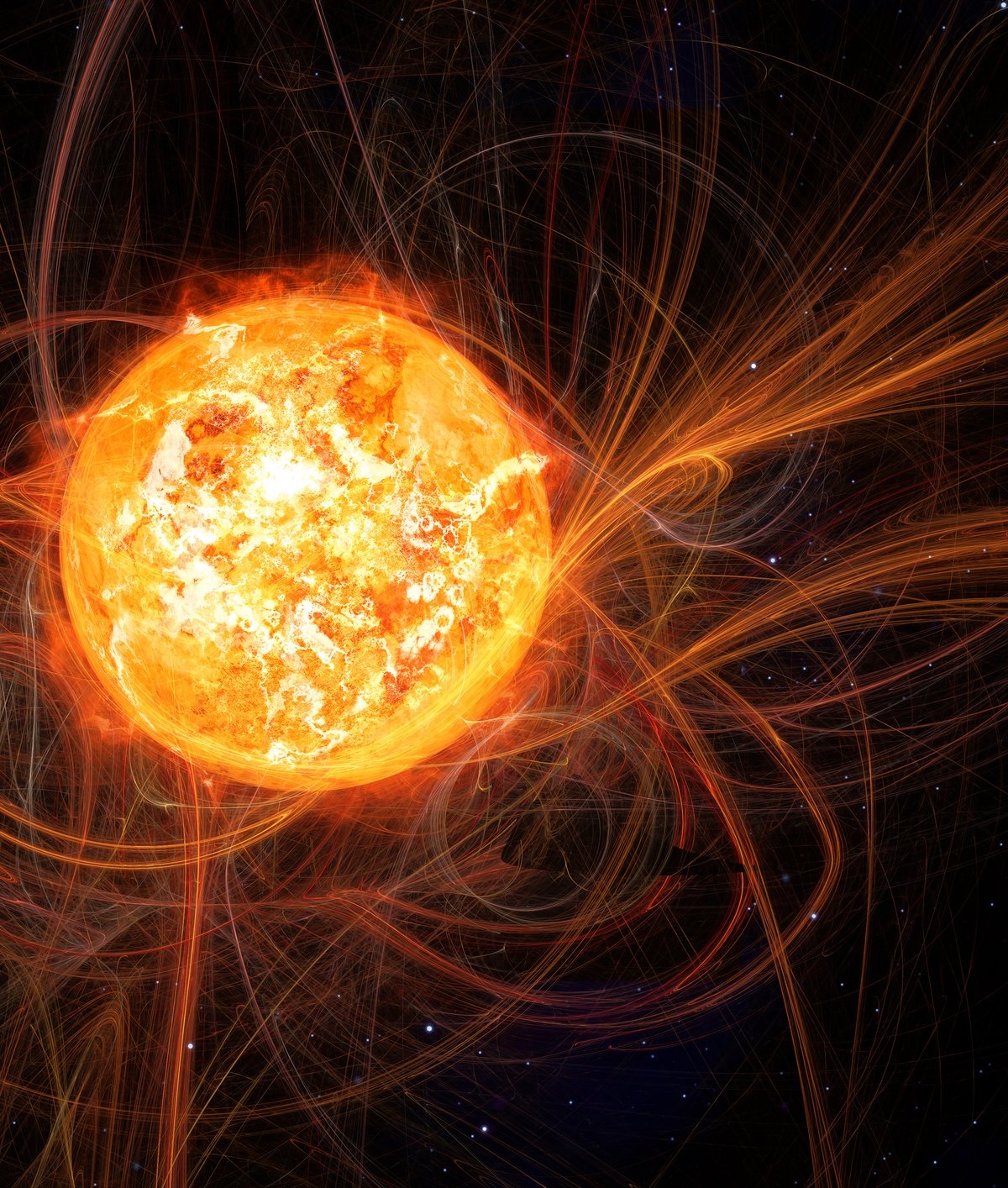The first “photograph” of sunspots was taken by Johannes Kepler in 1607. Initially, the German mathematician and astronomer believed that the small marks observed on the star’s surface were caused by the transit of the planet Mercury.
But instead of documenting the motion of the planets, a work for which he was known, Kepler records solar cycle activity for first timeR.
So how did Kepler manage to observe these spots on the Sun? How do these observations relate to current astronomy, and how could this solar cycle affect life on Earth? Let us tell you.
Don’t look at the sun
A little history of science to contextualize how the Sun has kept its cannon pointed at Earth throughout the eons, and how Kepler was able to look at the Sun without losing its view. Kepler began his celestial observations in an era before the invention of the telescope.Despite controversy, it was only developed by Galileo Galilei in mid-1609.
To observe the sun without burning the retinas, Kepler used a technique called obscura, in which a small open hole allows sunlight to pass through, creating a perfect projection of the star.
Using this image, the astronomer recorded his findings, marking small dots and tracking their movements and evolution throughout the day. This is the first historical record of solar activity in a solar cycle.
What is the solar cycle?
Every 11 years, the Sun’s magnetic field reverses. Shortly after this event, the star enters a period called solar minimum, when there are fewer sunspots and not much activity on the star’s surface. About halfway through the cycle, the Sun begins to experience turbulence in its photosphere.
This dynamic increase in solar activity begins to weaken some areas of the magnetic field that submit to the force generated, creating colder spots on the solar surface. For this increase in activity, the Sun is said to have reached its maximum.

Sunspots are cooler areas with temperatures around 3500 Kelvin. In comparison, other areas of the sun’s surface vary and can reach 6000 Kelvin.
“Marked” areas have more sensitive magnetic fieldsTherefore, they are suitable spots for coronal mass ejections, which cause electromagnetic turbulence in space by releasing charged particles into space.
Solar storms and terrestrial destruction
In general, this movement of winds, particles and magnetic tails being thrown into space is natural and commonplace. When the dots point towards Earth the context of the story changes slightly.
Because the magnetic field is weaker in these regions, the product of solar storms can almost completely reach our planet freely, and even with protective shields, some disturbing events can occur.

During solar maximum periods, when the Sun’s orbs are pointed at Earth, extra strain is placed on Earth’s electromagnetic field, which can cause power grid outages, internet outages, loss of GPS signals, phone lines going blank, and other “crises”.
We are currently going through a solar maximum period since May, where we are experiencing some of the undesirable effects of the Sun’s past mood. When Kepler first detected the spots, it had no way of predicting what a problem they would become for us.in a future where technology is based on metals, electricity and satellite communications.
The past sheds light on the present and the future
If you think that the Keplerian Sun drawings are just a museum decoration, you are very wrong. These records helped researchers understand the anomalous occurrence in the solar cycle known as the Maunder Minimum..
It is believed that between 1645 and 1715 the Sun remained in a state of minimal activity for a period much longer than the estimated 11-year interval between the events. However, re-examination of Kepler’s records may allow some theories regarding this anomalous astronomical event to be better detailed.
Thus, it has been proven once again how useful Kepler is in the field of astronomy. This current solar period is expected to reach its peak in 2025, after which we will enter another “calm” period.
Stay up to date with more studies on solar activity on TecMundo. Or find out if solar storms are the cause of Earth’s earthquakes. Until next time!
Source: Tec Mundo
I’m Blaine Morgan, an experienced journalist and writer with over 8 years of experience in the tech industry. My expertise lies in writing about technology news and trends, covering everything from cutting-edge gadgets to emerging software developments. I’ve written for several leading publications including Gadget Onus where I am an author.













